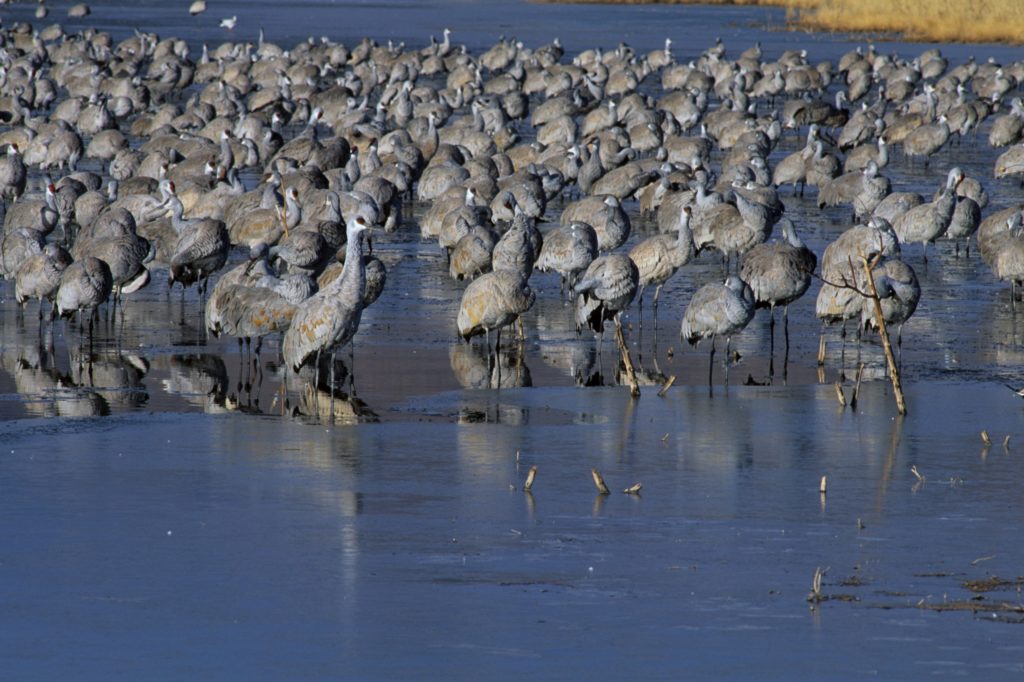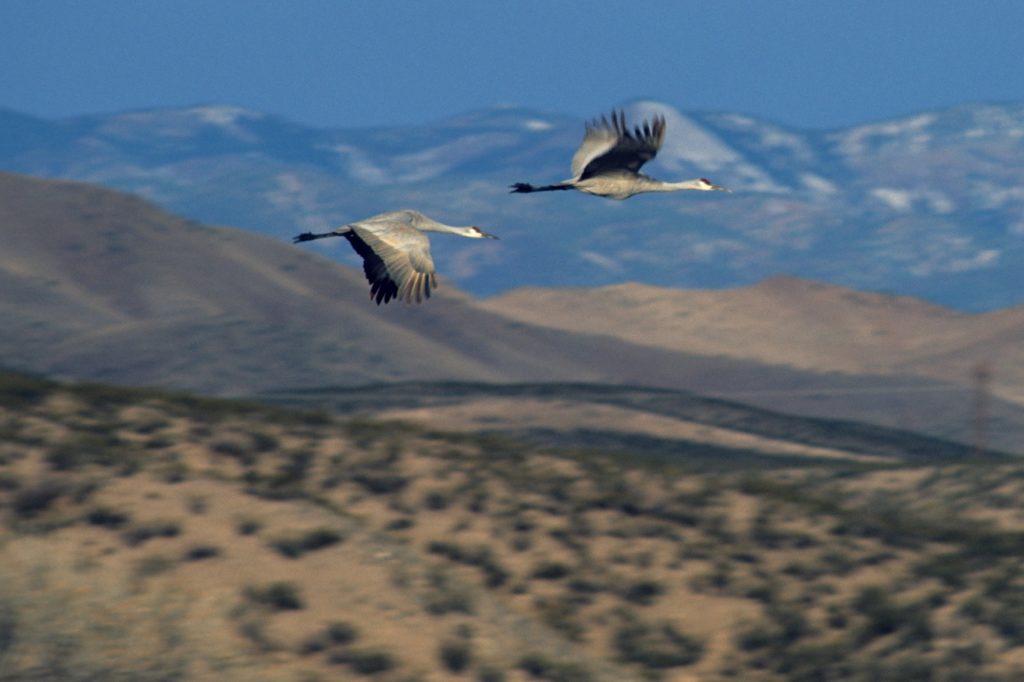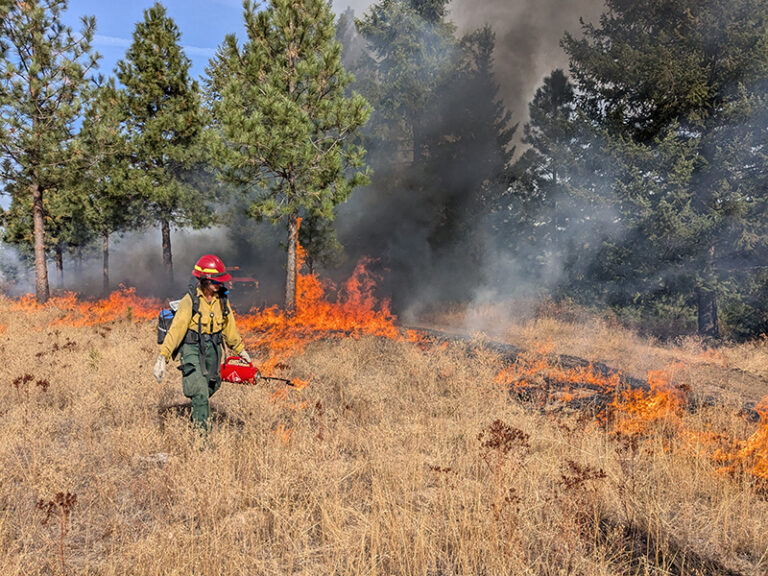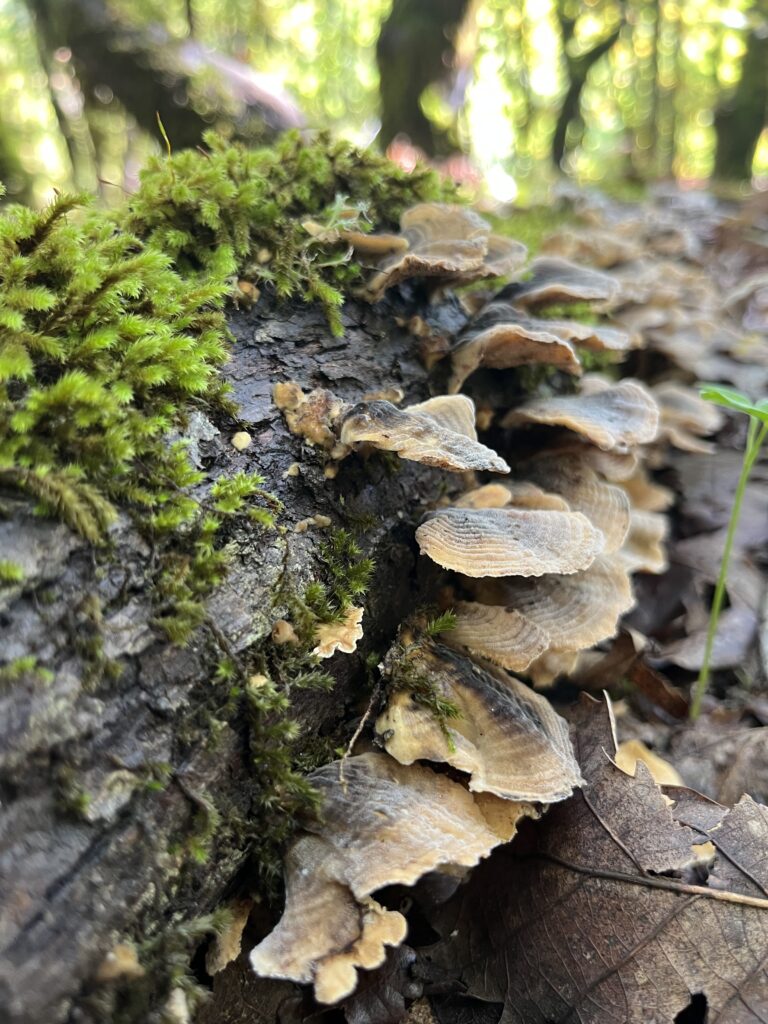Editor’s Note: The 2020 Othello Sandhill Cran Festival has been canceled due to the Coronavirus outbreak, however individuals can still view the birds on their own.
Working my way along the banks of the Rio Grande, passing under golden cottonwoods, I train my ears skyward to hear the distinctive rolling croak of a crane. I search the vast blue above. They sound so close, but it is not until the entire flock of 30, 60, or up to 90 birds all turn in unison, catching the sun on their wings, do I see them flying hundreds of feet in the air.
Sandhill cranes, antigone Canadensis, are the smaller of two crane species in North America and far eastern Siberia, the other being the endangered whooping crane. Sandhill cranes are bulky gray birds with distinctive red patches on the top of their heads. They have a wingspan of over 6.5 feet and stand 3-4 feet tall. Cranes fly with their heads and feet extended, which can identify them compared to the similar great blue herons.

Sandhill cranes create mating pairs that last for many years. In the spring, single cranes perform elaborate courtship dances where they twirl and bounce on their gangly legs while croaking and throwing their long necks around. Even with this mating ritual, these long-lived birds (20 years or older), have a low reproductive rate. They generally don’t mate till they reach 3-5 years old. Both males and females will work to make nests along wetlands and marshes where they will only lay one to three eggs. While well guarded by parents, eggs, hatchlings, and young birds will have to deal with a variety of predators, like foxes and coyotes, before they, too, can perform the mating dance.
Sandhill cranes migrate high in the sky in large flocks and group in the tens to hundred of thousands at their southern wintering grounds. Some of the largest numbers, over a quarter of a million, meet in early spring along the Platte River of the Nebraska’s sandhills from where they get their name. Then the Pacific Flyway cuts right through central Washington, following the Columbia River and other waters ways south to their wintering grounds in California’s Central Valley. This population breeds along the wetlands from eastern Siberia to western Alaska with the majority nesting along Bristol Bay Alaska, the proposed site of the contentious Pebble Mine.

In the 1910s sandhill cranes where on the verge of extinction because of the combination of over hunting (mainly for hat feathers), the destruction of wetland habitat, and the crane’s slow reproduction rates. But several factors worked in their favor to allow one of North America’s largest bird—as well as many other over-hunted migratory birds—to make a comeback. U.S. Congress passed the Migratory Bird Act of 1918, making it unlawful to hunt or sell the birds without a wavier. Today, the U.S. Fish and Wildlife Service works with farmers along crane’s migration routes to encourage practices that conserves wetland habitat and upland food sources including spent corn, wheat, and cottonseed to provide energy for these birds’ long flights. //

Where to View Sandhill Cranes
Viewing sandhill cranes is one of the great wildlife spectacles. And luckily, because these birds migrate in large groups and congregate in huge numbers, they are easy to see if you know when and where to look. The Pacific Flyway population makes a stop over right here in Washington. Every year 100,000+ cranes use marshes and farmland surrounding the Columbia National Wildlife Refuge to refuel as they head north to their breeding grounds.
The Othello Crane festival in late March makes it even easier to see sandhill cranes. The festival on March 20-22 celebrates cranes and all the birds that use this area. They host speakers and tours where you can go out with local birders for crane viewings as well as birding around the refuge. You can even hop on a bike to do a crane tour.
While you are at the Columbia National Wildlife Refuge you can explore some of the trails that lead along crab creek, around marshes, and through the channel scabland, including the 3-mile Frog Lake Trail.
Cranes are active throughout the day, but some of the best times to see them flying are dawn and dusk. Make sure you bring your binoculars and dress for chilly spring mornings.
Photos by Adam Gebauer













